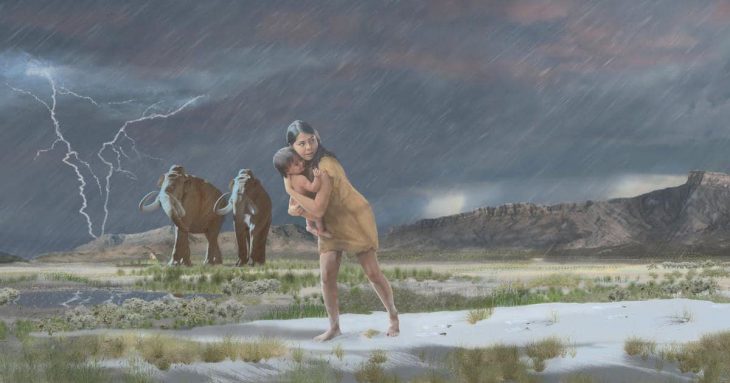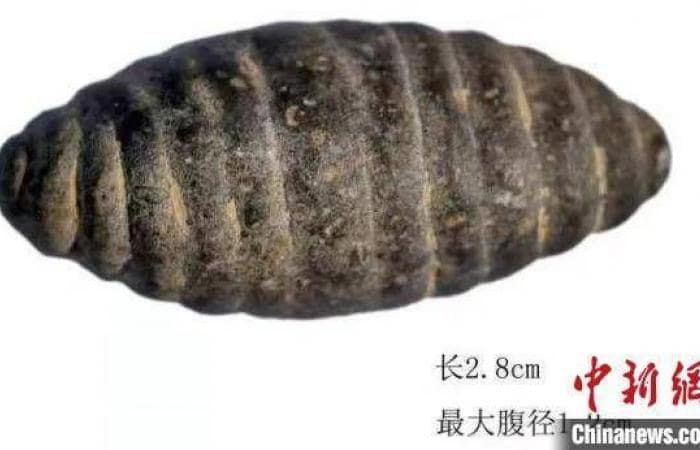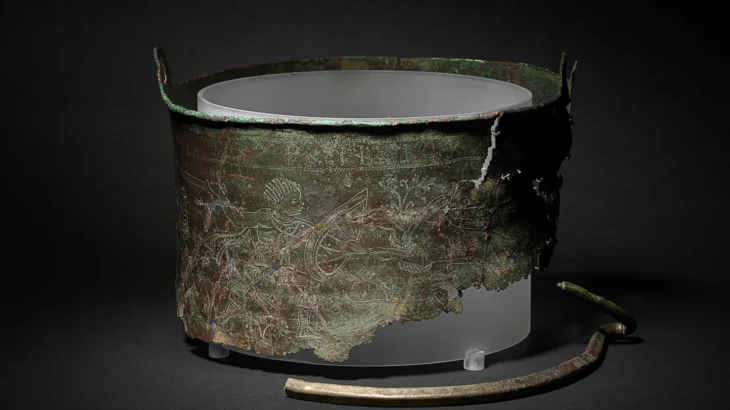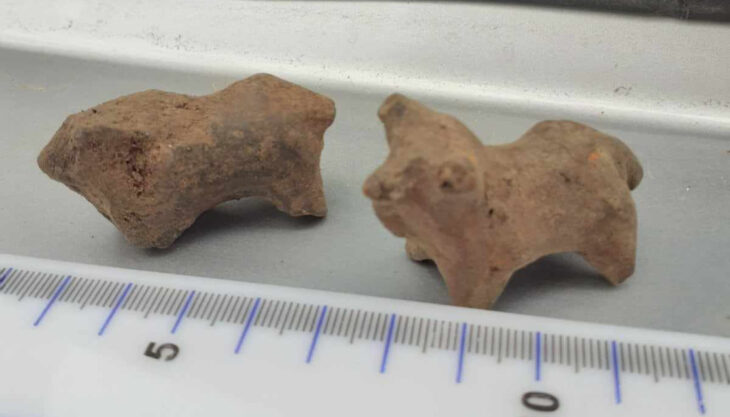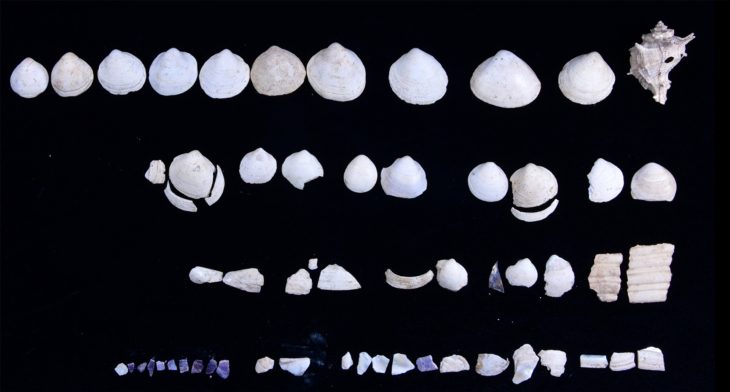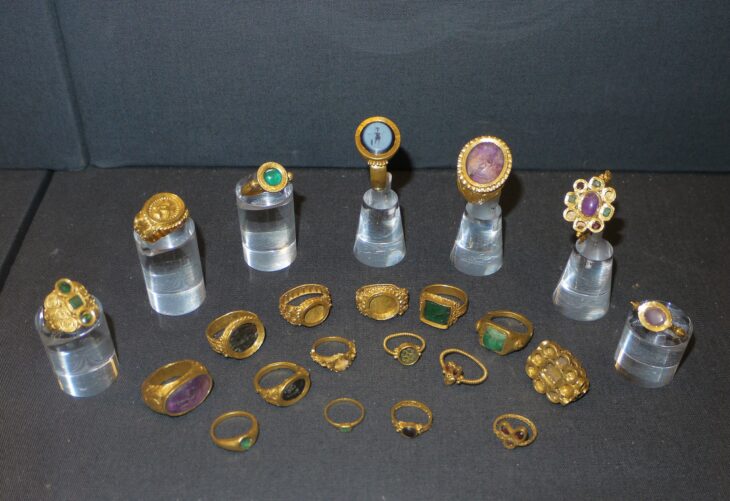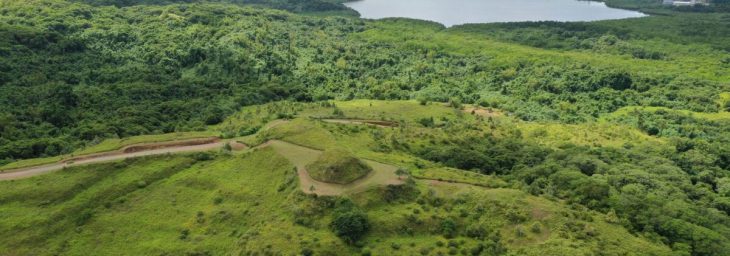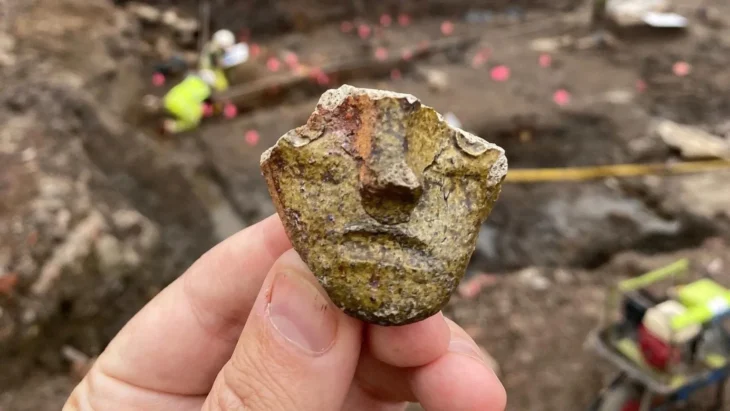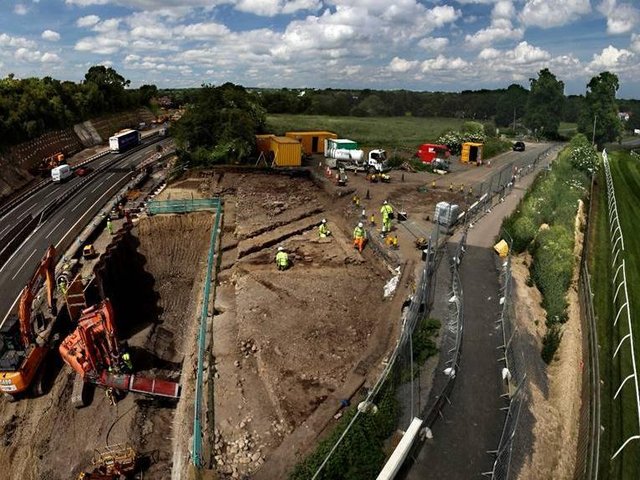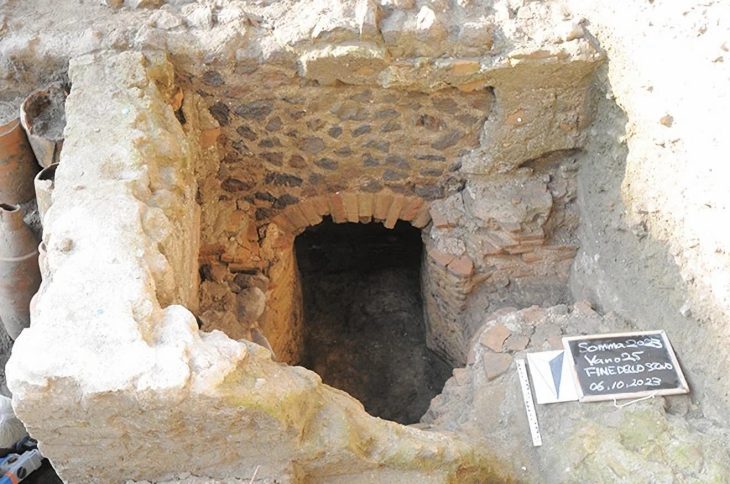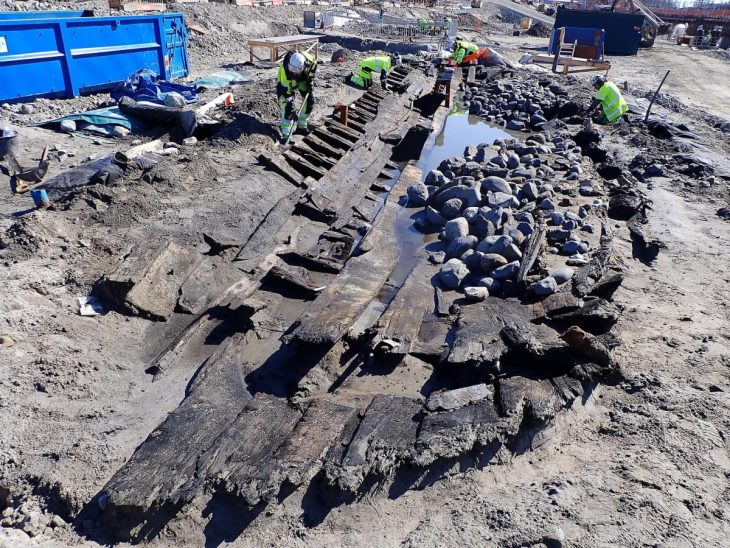Therasia’s archaeological discovery offers significant insights, influencing our understanding of Early Bronze Age communication and the emergence of writing in the Aegean.
A remarkable archaeological discovery on Therasia, a volcanic island in the Greek Cyclades, is poised to reshape our understanding of Early Bronze Age communication and the very origins of writing in the Aegean. At the Koimisis archaeological site, researchers have unearthed two remarkable seal impressions dating back approximately 4,500 years. These finds offer compelling evidence that the region’s inhabitants were already experimenting with organized symbols for communication far earlier than previously imagined, providing exciting new insights into a pivotal period of human history.
The findings, detailed in a study published in the Annual of the British School at Athens, focus on these two significant seal impressions from an Early Cycladic II context. While one impression aligns with established Aegean sealing traditions, the second, meticulously labeled THS.1, displays a unique arrangement of signs that has archaeologists buzzing with excitement.
Seals: More Than Just Economic Tools
In the Early Bronze Age Aegean, seals primarily served sphragistic purposes – they were used to apply sealings to various objects like ceramic vessels, baskets, and even doors. This practice helped secure goods and mark ownership, making seals deeply integrated into the economic activities of the time. However, the impressions found on the Therasia jar suggest a more complex and multifaceted role for these ancient tools.
Researchers note that while some seals were used for purely decorative purposes or for stamping pottery before firing, the Therasia jar stands out due to its dual stamping. Petrographic analysis of the pottery fragment confirms the jar’s probable origin from Naxos or another Cycladic island, further reinforcing its strong Aegean provenance.
📣 Our WhatsApp channel is now LIVE! Stay up-to-date with the latest news and updates, just click here to follow us on WhatsApp and never miss a thing!!
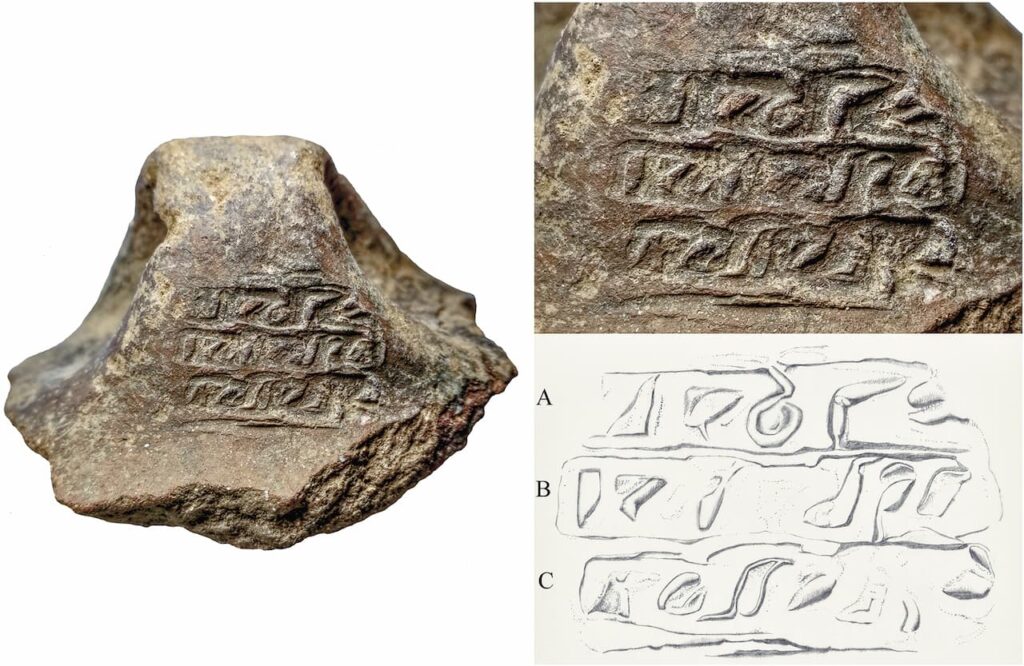
The Mystery of THS.1: A Potential Proto-Script?
The significant find consists of a handle from a large storage jar, discovered within a Bronze Age settlement. What makes this find truly unique is the preservation of two distinct ancient seals, stamped onto the pottery fragment before it was fired. These impressions have been meticulously labeled THS.1 and THS.2 by the research team.
The most compelling aspect of this discovery lies in the THS.1 impression. Unlike simple decorative motifs, THS.1 exhibits a consistent and structured arrangement of uniformly sized signs across three faces of the seal. This deliberate configuration, where symbols are juxtaposed in a coherent sequence, implies a meaningful order rather than random marks.
While it’s still debated whether these signs represent a fully developed proto-script with phonetic values or a specific language, their linear arrangement and combination of abstract and stylized iconic elements strongly suggest a sophisticated visual communication system. This distinct departure from purely figurative or ornamental seal motifs hints at an early, formative phase of script development.
In contrast, THS.2 displays a more decorative style, characterized by geometric motifs common in Cycladic art of the period, such as triangles and meanders. Its design aligns with other seals found across the Greek islands, likely serving an ornamental or identifying purpose. The fact that two different seals were used on a single jar, one potentially “textual” (THS.1) and the other decorative (THS.2), points to a more sophisticated marking system in the Early Bronze Age than previously assumed.
The intentional positioning and clear visibility of THS.1 on the upper part of the jar handle further suggest its significance. This placement would have allowed it to be “read” most easily from above, implying a deliberate effort to convey a specific message or identification.

Connecting the Dots Across the Aegean
The discovery of these Therasia seals is incredibly exciting for understanding the origins of writing in the Aegean. While confirmed early forms like Cretan hieroglyphs and Linear A script appeared around 2000 BCE, the Therasia seals are dated significantly earlier, between 2700 and 2300 BCE. This places them as a potential “missing link” in the development of the Aegean script. The findings also reveal fascinating parallels with other debated examples of early symbolic communication in the region, such as impressions from Agia Irini in Keos and the “Archanes Script” from Crete. While a direct evolutionary link between THS.1 and later Aegean scripts isn’t definitively proven, these similarities strongly suggest shared conceptual processes in the evolution of communication systems across the Aegean during the late third and early second millennia BC.
The study proposes that the evolution of complex communication systems in the Aegean was well underway, closely linked to the marking of identity, control of commodities, and increasing social complexity, particularly within glyptic practices (the art of carving and engraving seals). The dual stamping on the Therasia jar, where the Bronze Age Aegean, enriching our understanding of this fascinating era.
Sbonias, K., Tzachili, I., & Kordatzaki, G. S. (2025). EARLY BRONZE AGE SEAL IMPRESSIONS FROM THERASIA: NEW EVIDENCE FOR SEAL USE IN THE CYCLADES AND THE EMERGENCE OF SCRIPT IN AN AEGEAN CONTEXT. The Annual of the British School at Athens, 1–29. doi:10.1017/S0068245425000024
Cover Image Credit: Vertical strap handle with seal impressions THS.1 and THS.2. Credit: drawing by V. Papazikou-. doi:10.1017/S0068245425000024


